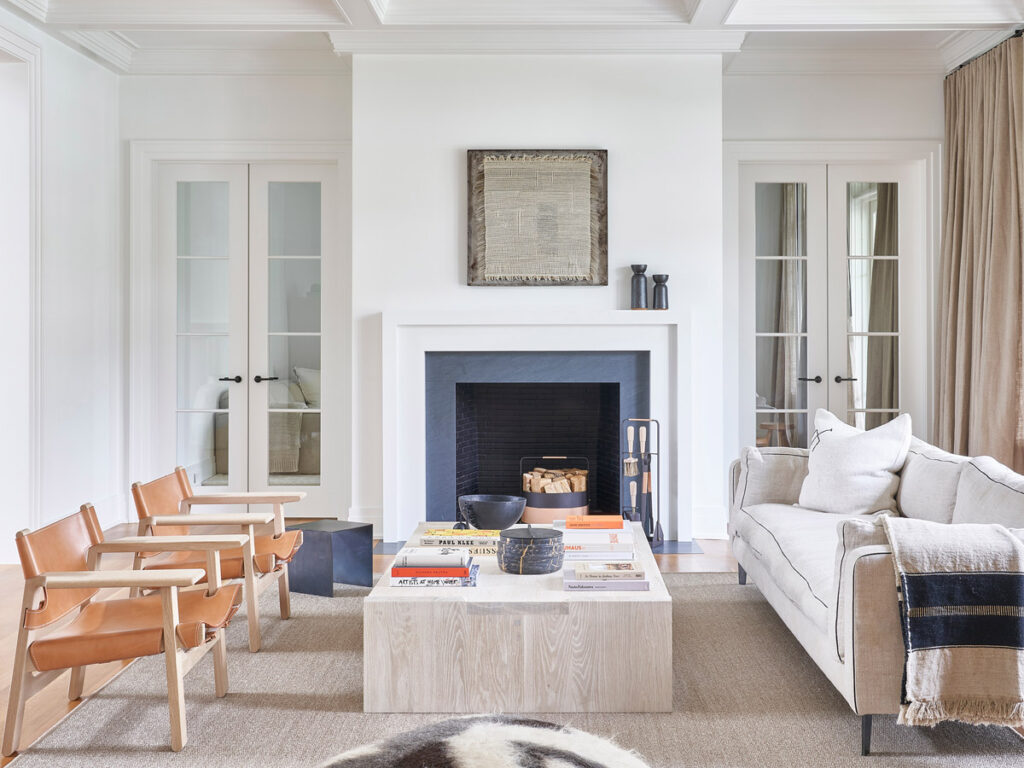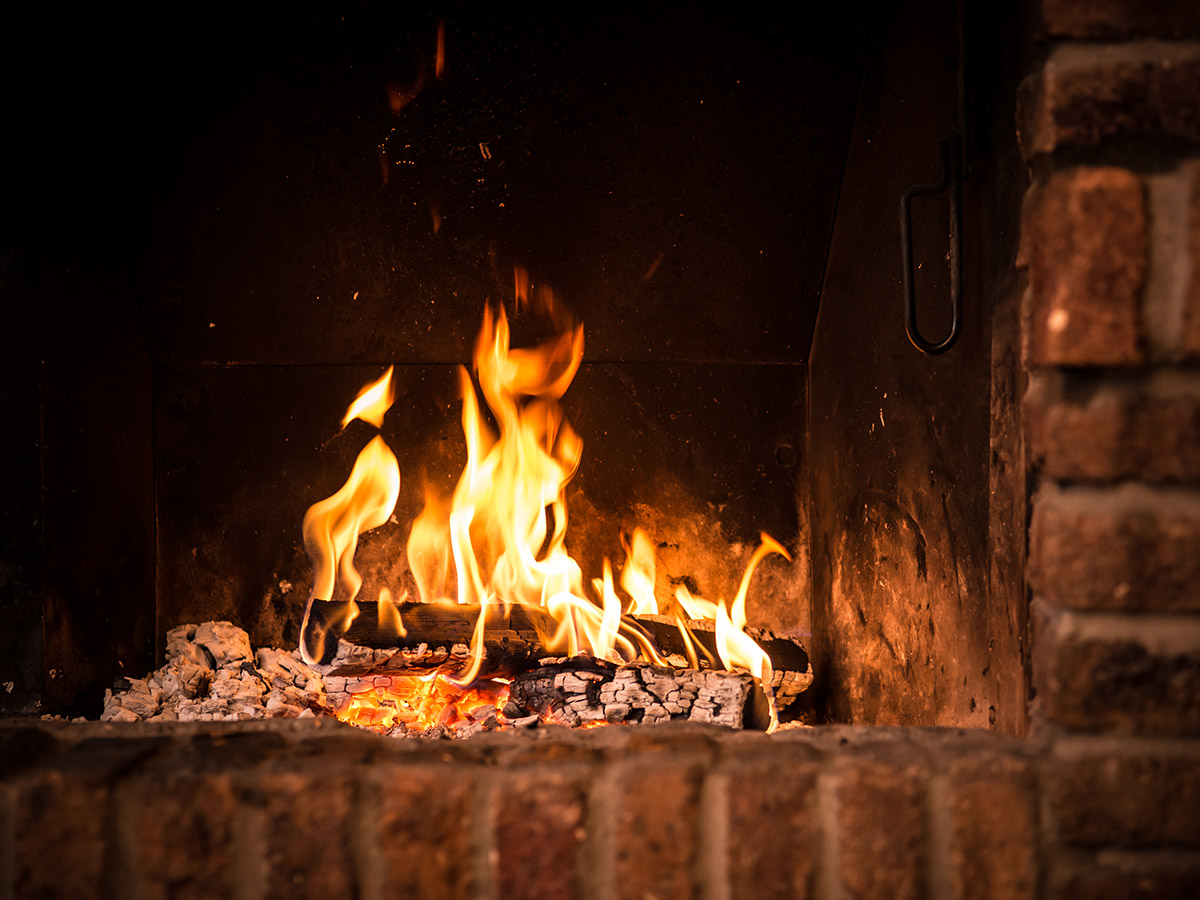
From the dawn of civilisation, fire has been our steadfast guardian and the heart of the home. Its essential importance to hunter-gatherer communities as a source of warmth, food, community, and protection remained unchanged until relatively recently in human history.
Although we may not rely on fire to the same degree these days, this long history ensures a fundamental affinity between us and the flame that resonates across cultures. It is no surprise, then, that much attention has been paid not only to the fire itself but also to the fireplaces in which they have roared.
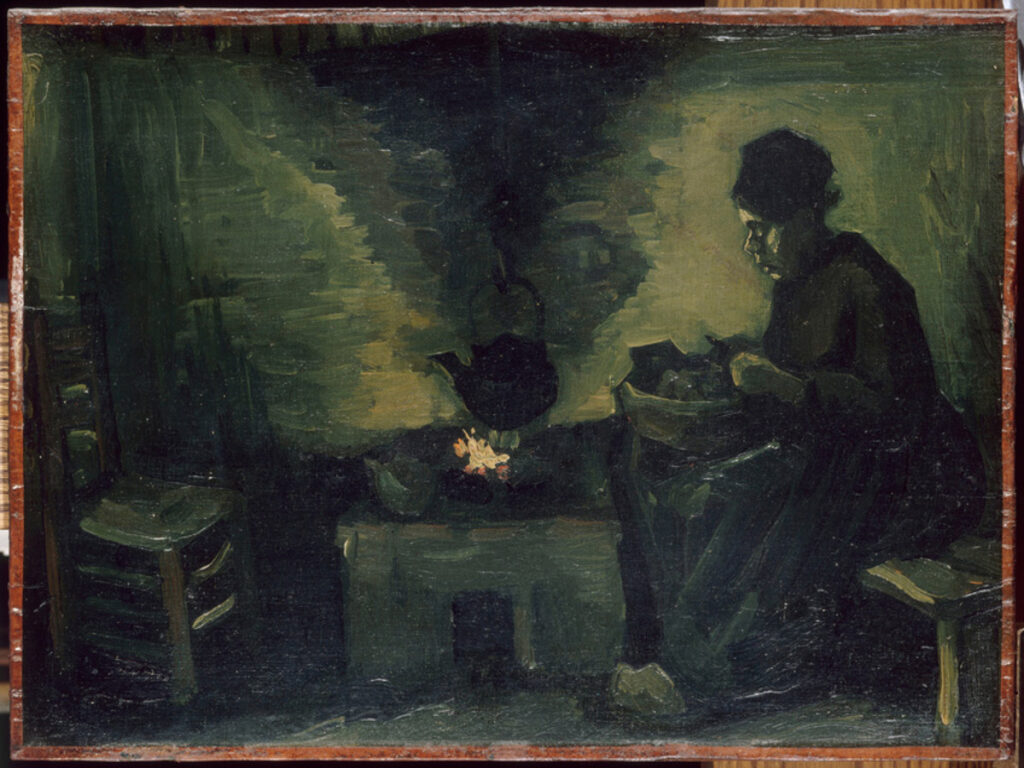
Fireplaces, rather than fire pits, were first developed when medieval houses and castles were built with chimneys to carry smoke away from the interior. The development of the chimney allowed for the true emergence of the fireplace. Placing the fireplace into a wall rather than the centre of the room enabled the creation of chimney surrounds and mantels, best exemplified in large stately homes. These early fireplaces were made of stone until the discovery that brick was a more efficient radiator of heat prompted a change in material.
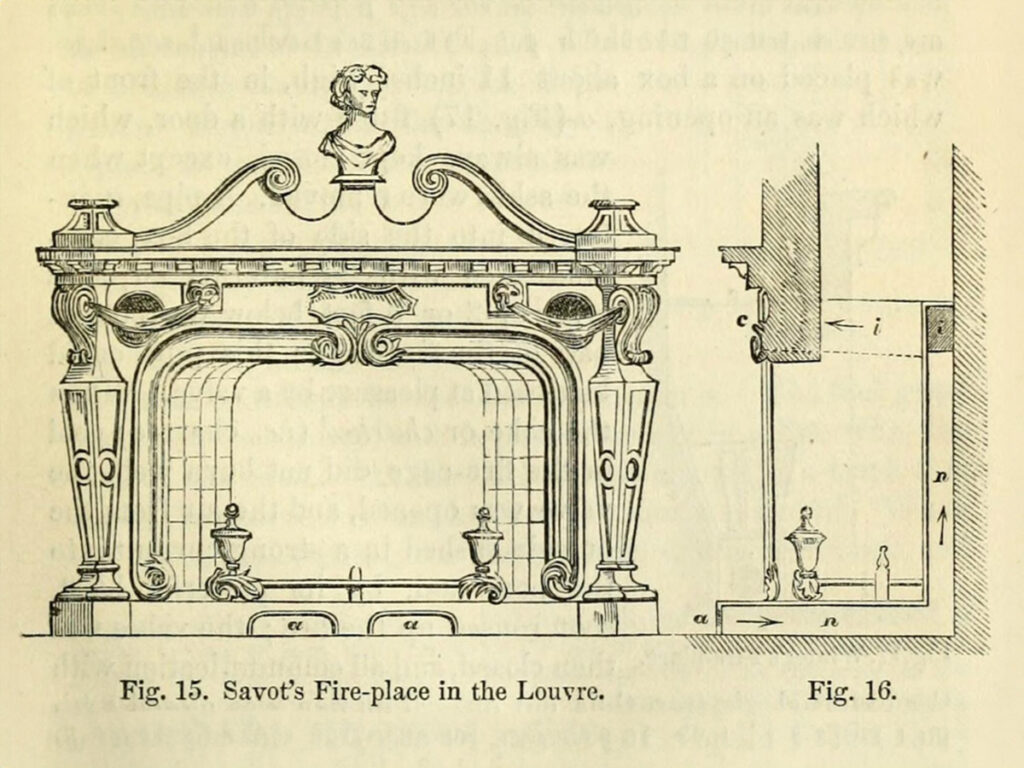

A significant development in fireplace design came in the 17th century with French architect Louis Savot, who worked on the Louvre in Paris. He discovered the importance of regulating air circulation around the fire to heat homes more efficiently. The invention of the Franklin Stove in the 1740s, initially conceived by Benjamin Franklin, built upon Savot’s design, producing a fireplace that emitted more heat and less smoke.
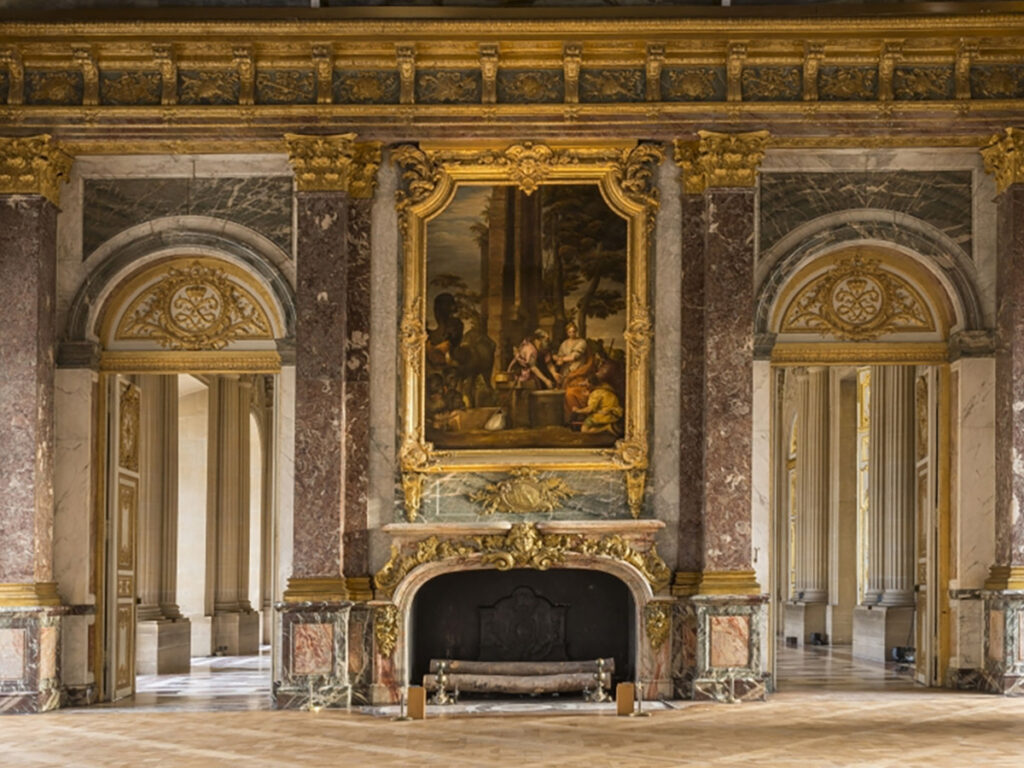
As fireplaces became more efficient, attention turned to their decoration. From Rococo to Regency, each era imparted its aesthetic stamp on the fireplace before the boom in intricate decorative mantel carvings was somewhat mediated by the Industrial Revolution. However, the Art Nouveau and Arts and Crafts movements of the late 19th and early 20th centuries saw a return to craftsmanship and aesthetics, allowing fireplaces to exemplify the design sensibilities of the age.
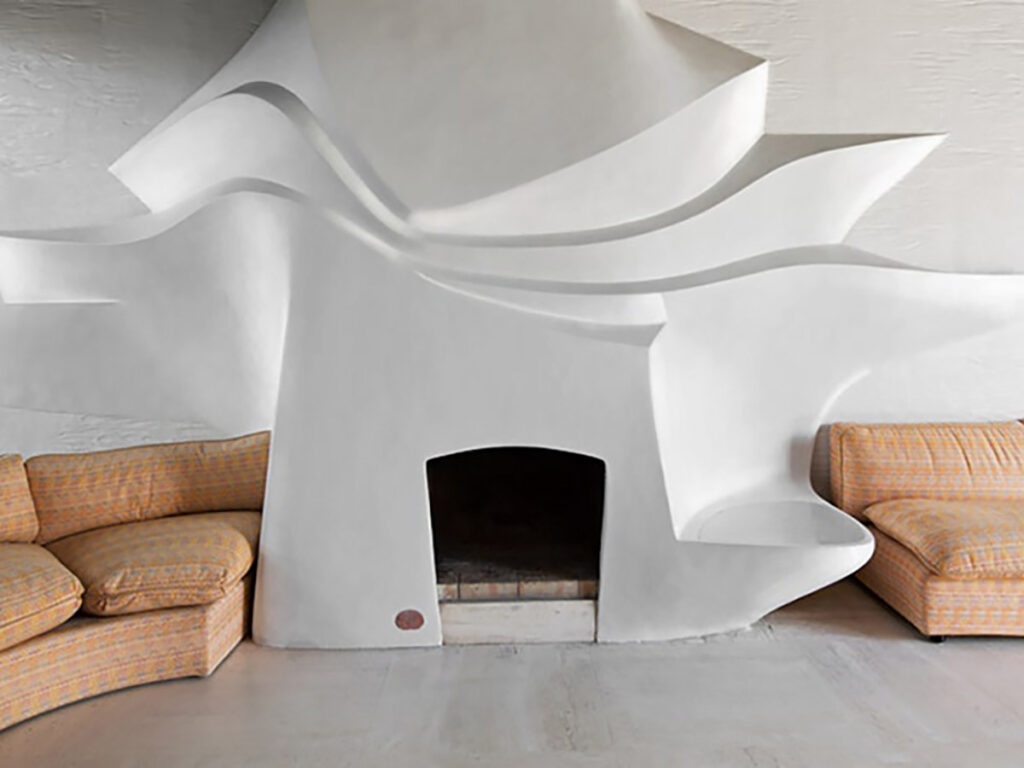
In the 20th and 21st centuries, the fireplace became an opportunity to explore sculptural qualities. Designers like Valentine Schlegel demonstrated the beauty of returning the fireplace to its roots, harnessing its organic, elemental power. Utilitarian examples of today pare the fireplace back to its core purpose with a minimalist sensibility that inspires quiet magnificence. Whether you prefer intricate design or muted simplicity, there is sure to be a fireplace design to suit your tastes. Home has always been where the hearth is.
